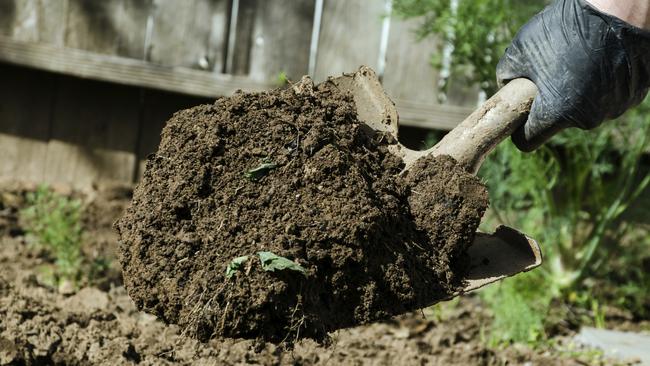Doctors concerned by ‘mystery’ rise in melioidosis cases in north Queensland
North Queensland is experiencing a ‘mystery’ rise in cases of a potentially deadly soil-borne disease as concerned doctors search for a reason why.

QLD News
Don't miss out on the headlines from QLD News. Followed categories will be added to My News.
North Queensland is experiencing a “mystery” rise in cases of a potentially deadly soil-borne disease as concerned doctors search for a reason why.
This year to June 19 there were 99 cases of melioidosis recorded in the state, with most in Townsville and Cairns.
When compared to the past five years, 2022 has had a significant spike in case numbers with just 65 recorded in the same period last year, 50 in 2020 and 2021, and 32 in 2019.
Townsville GP Michael Clements said the disease was tropical, which is why it is found mostly in northern regions of the state, but the recent spike is a “bit of a mystery” to the medical community.
“There’s certainly been a jump in cases this year, and experts don’t really understand fully why it’s happening. It’s a bit of a mystery at the moment,” Dr Clements said.
“It’s certainly a call for concern and we have to be aware of it and keep an eye on it.”
The disease comes from a bacterium that lives and thrives in the tropics, and infects people through wounds, cuts and abrasions but can also be inhaled or ingested.
This year from January to April, 42 patients were admitted to hospitals with melioidosis statewide including 27 in Cairns and Hinterlands hospitals.
While the bacterium is also known to appear after flooding events, Dr Clements said this spike is different to what has been seen previously after major weather events.
Three people died after contracting melioidosis in the wake of the 2019 Townsville floods.
“There was a little spike after the Townsville floods in 2019, but what we’re seeing now is sustained cases,” Dr Clements said.
“There are already more cases in the Townsville region now than there were after the floods.”
Robert Norton, director of microbiology and pathology at Townsville University Hospital, said the situation was “unusual” but could potentially be linked to current climate patterns, including the recent La Nina phase.
“This year we’ve had a more prolonged wet season so possibly that is the reason (for a rise in cases) because the organism lives in soil and rainfall helps lift it to the surface,” he said.
And although the disease is less common than other viral infections, Dr Norton warned it could be quite serious with a mortality rate of up to 15 per cent.
“It’s something that people need to be aware of, it has a significant mortality rate,” he said. “It ranges from about 10 to 15 per cent, in some cases 20 to 30 per cent depending on the type of bacteria they get.
“It’s not something that’s trivial … But there are quite a few unanswered questions.”
Originally published as Doctors concerned by ‘mystery’ rise in melioidosis cases in north Queensland


